In our last blog (https://arutesolutions.com/the-effects-of-covid-19-pandemic-on-atm-usage-patterns-in-turkey-march-2020/), we touched upon the effects of CoViD-19 measures in Turkey for the month of March. We compared withdrawals and deposits throughout the weeks in February and March to see how the CoViD-19 measures reflected for individual ATM types. In this post, we’ll examine how the overall patterns manifested for the last 3 months and how the withdrawals in these months compared with respect to each other.
Comparison of February, March and April 2020
Below are the respective withdrawal amounts for different types of ATMs during these 3 months. To normalize, the month of February, which is assumed to be the baseline before the measures were imposed in March, was assumed to be 100% for all ATM types. Then the relative numbers in March and April are presented to depict how the withdrawals changed (mostly decreased) over this time.
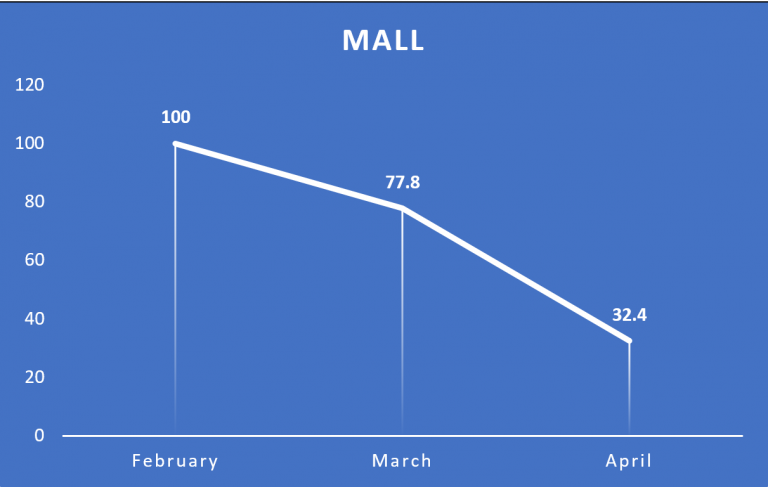
As expected, Malls took one of the hardest hits as most of them were closed during April. The withdrawals decreased to about 30% of pre-covid months. We do not know for sure where the 30% comes from, perhaps there are still some open shops such as pharmacies and markets in the Malls that drive some human traffic.
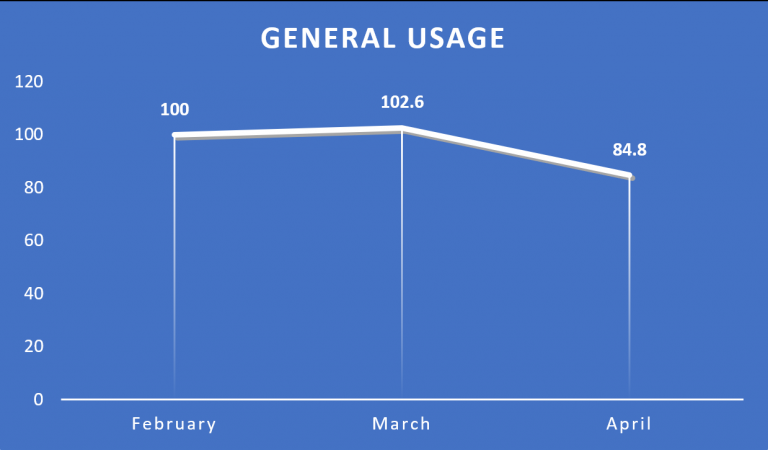
General usage ATMs did not change so much as these form the bulk of the ATM network and people still need cash to carry out daily tasks and duties. Considering the seasonalities, the numbers are pretty close to each other, so we cannot really deduce any serious pattern differences for these types of ATMs for this time period, though in April there seems to be slight decrease possibly due to curfew weekends.
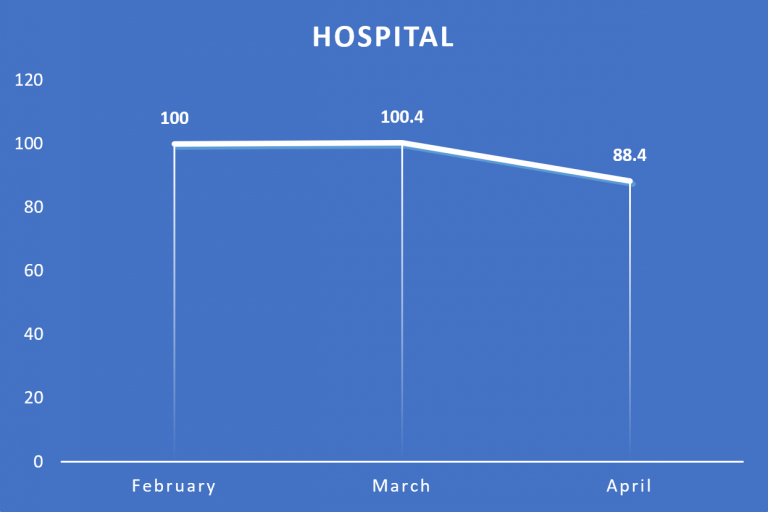
Similar to General Usage ATMs, Hospital type ATMs did not change much during these 3 months.
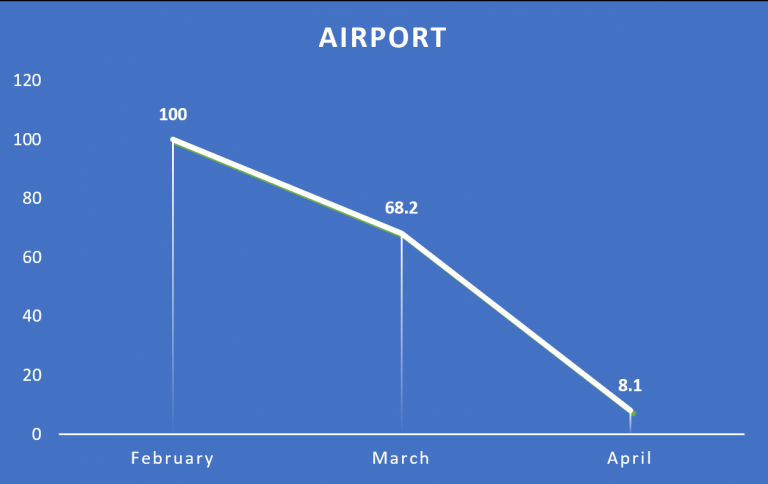
Airport ATMs, as expected, were the hardest-hit ATM types, as the total withdrawals decreased by more than 90% during this time. As almost all flights were grounded in April, this is expected. Perhaps the remaining 8% can be due to airport workers that still come to airport to provide basic services and the withdrawals of remaining domestic passengers.
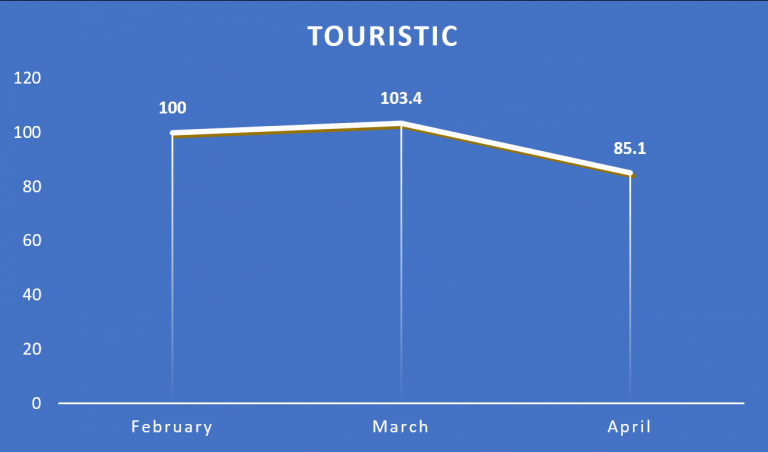
Touristic type ATMs seemed to increase for March and we suspected that some citizens with summer houses moved to their summer homes. However, considering the seasonalities similar to General Usage ATMs, we cannot conclude that Touristic type ATMs usage patterns changed much during this time.
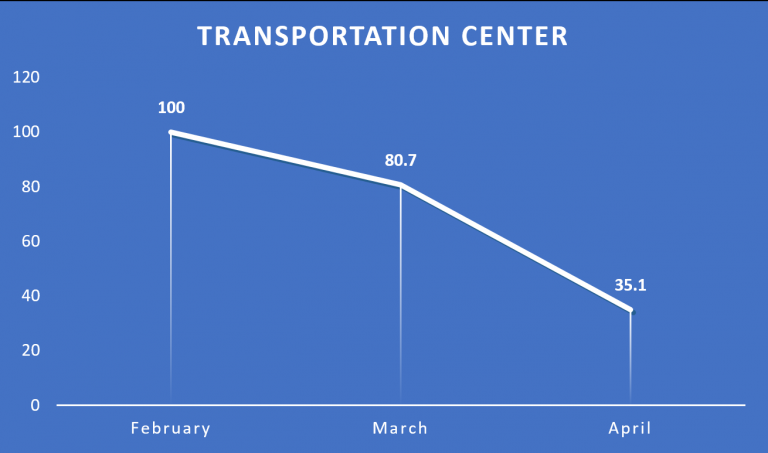
Similar to Airport ATMs, as most travel within the country was also banned or restricted, transportation center ATM usage decreased by more than 60% during this period.
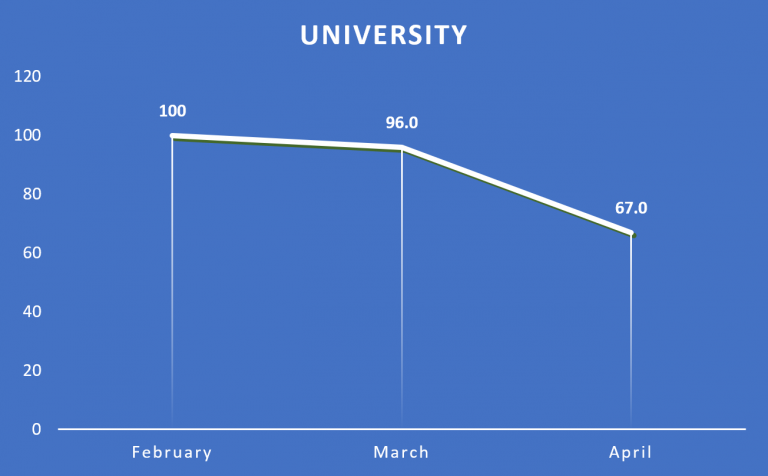
As most university education switched to online during the lockdown period, the ATM usage declined to 67% in April. More decline was expected, perhaps some of the university ATMs also serve to general public.

During this period, most banks closed down some of their branches and for most of their branches, the working hours during the day were reduced. Hence the in-lobby ATMs realized more than 80% decline in withdrawals.

Salary type ATMs declined to 60%. This is probably due to the fact that some of the industry (i.e. factories) was shut down completely for couple of weeks in April.
Comparison of Curfew Weekends March 2020 to total February 2020
Starting with the second week in April, total curfews for 32 cities in Turkey were imposed. The curfew excluded emergency services and some special permit businesses which needed to be open during the weekends. Below figure depicts how the curfew reflected to ATM usages for these weekends. Taking the first weekend (pre-curfew) as 100%, the figure compares the curfew weekends to pre-curfew weekend.
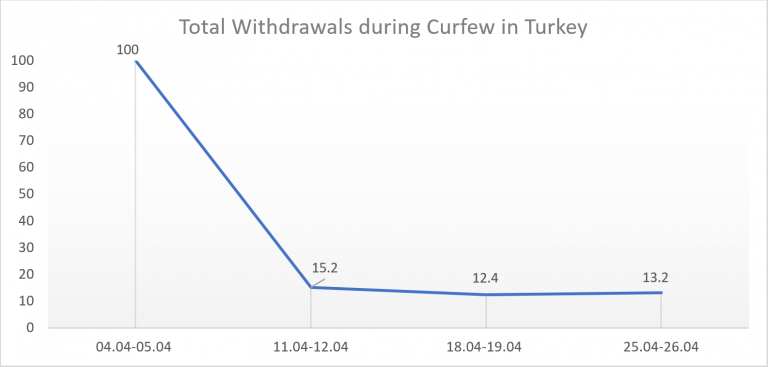
The curfew weekend values are very close to each other with an average of 13.6% as compared to pre-curfew weekend. This picture is for the whole country of Turkey for which some cities were not in the curfew. How about a city with complete weekend curfew during this period? Below is another diagram depicting the curfew weekends for the city of Istanbul only which applied the curfew for all the 3 weeks.
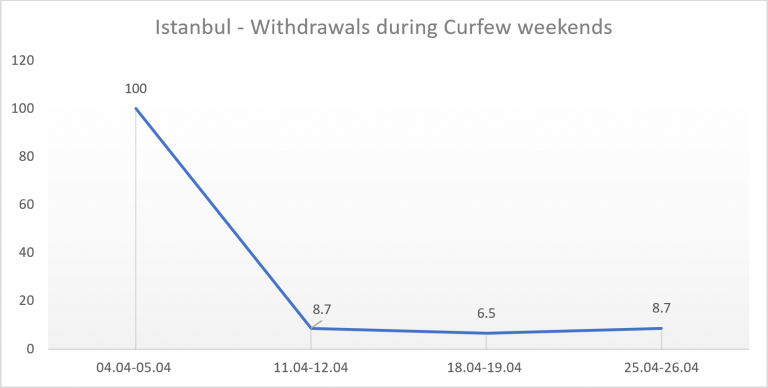
The curfew weekend values are very close to each other with an average of 7.97% as compared to pre-curfew weekends. If the withdrawal ratios are analogous to people on streets, perhaps we can say that more than 90% of the people were at home during curfew weekends.
Arute Solutions Data Science Team


Leave a Reply